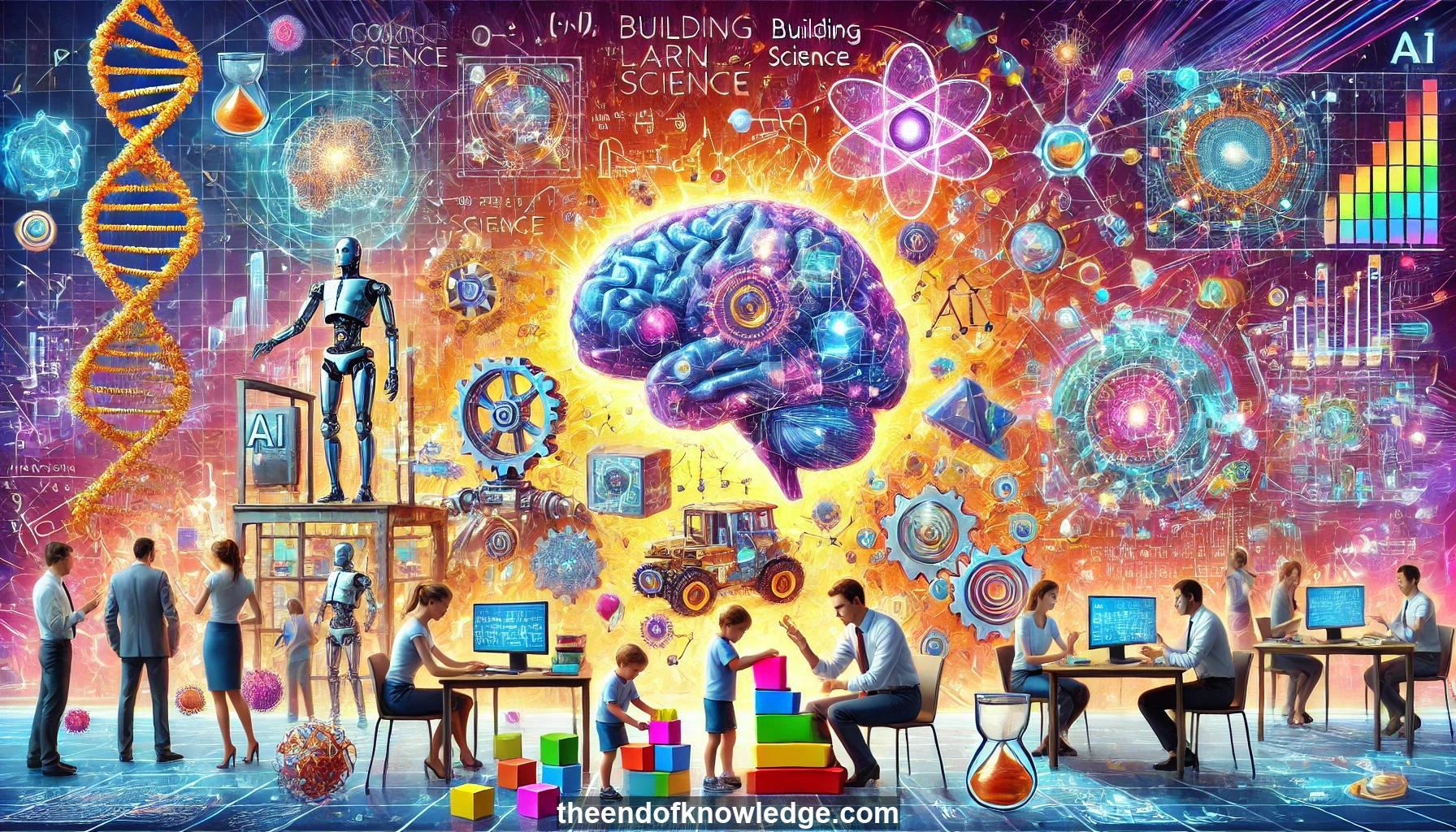 >
>
Concept Graph & Resume using Claude 3.5 Sonnet | Chat GPT4o | Llama 3:
Resume:
1.- Building machines that learn and think like people is a key challenge in AI research.
2.- Current AI technologies excel at pattern recognition but lack general-purpose common sense intelligence.
3.- Intelligence involves modeling the world, not just finding patterns in data.
4.- The Center for Brains, Minds and Machines aims to reverse engineer human intelligence for AI advances.
5.- Babies are born with intuitive physics and psychology capabilities that develop over time.
6.- Probabilistic programs and game engines can model intuitive physics and psychology in AI systems.
7.- Intuitive physics allows humans to predict object behavior and interactions in the physical world.
8.- Intuitive psychology enables understanding others' actions, beliefs, and goals.
9.- Neural networks and deep learning are useful for pattern recognition within probabilistic programming frameworks.
10.- Amortized inference uses neural networks to speed up probabilistic inference in generative models.
11.- Inverse graphics uses neural networks to reconstruct 3D object models from 2D images.
12.- One-shot learning allows humans to learn new concepts from just one or few examples.
13.- Program induction aims to learn programs that capture abstract knowledge, like physics engines.
14.- Differentiable programming attempts to make program learning more amenable to gradient-based optimization.
15.- Neural physics engines combine symbolic knowledge of objects with learned physical dynamics.
16.- Program synthesis explores how to automatically generate programs to solve tasks or model knowledge.
17.- DreamCoder is a wake-sleep algorithm for learning to write code and build domain-specific libraries.
18.- Inductive bias shapes how humans and machines learn and generalize from limited data.
19.- Evolution may have shaped human learning mechanisms differently than gradient descent shapes neural networks.
20.- Infant cognitive development proceeds in stages, with some capabilities present from birth.
21.- Game engines provide useful abstractions for modeling intuitive physics and basic agent behaviors.
22.- Probabilistic programming languages combine probabilistic inference, neural networks, and symbolic reasoning.
23.- Neuro-symbolic hybrid models integrate neural networks with symbolic knowledge representations.
24.- Intuitive psychology develops from simple goal-directed reasoning to full theory of mind.
25.- Language acquisition around 18 months to 3 years old enables more advanced learning and reasoning.
26.- Causal reasoning is a key aspect of human intelligence not fully captured by current AI.
27.- Abstract reasoning and compositionality are important human capabilities to model in AI.
28.- Cognitive resource limitations in infants may explain some developmental patterns.
29.- Evolutionary algorithms may be necessary to capture some aspects of human learning.
30.- Balancing innate knowledge and learned capabilities is a key challenge in cognitive modeling and AI.
Knowledge Vault built byDavid Vivancos 2024